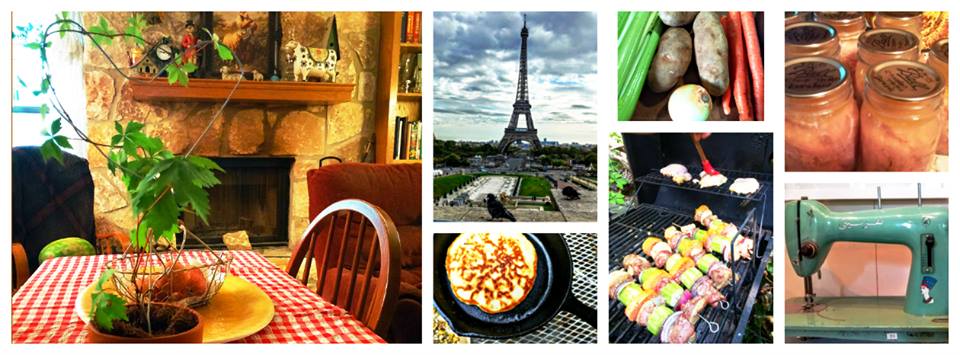I'm so glad to have found this recipe! Recently, I've purchased a (hand crank) grain mill, and have been grinding my own wheat. Since we've been cutting out processed foods, this has included buying store bought bread.
For the time being, I've been buying organic wheat berries from Amazon. This 25lb bag cost $27 and FREE SHIPPING.
My favorite part about this recipe is that I just mix the ingredients, and that's it -- no kneading, no nothing. When I'm ready to bake, I just scoop out what I need, let it rise, then pop it in the toaster oven to bake (this way I don't heat up my house.) The rest of the dough sits in the refrigerator till the next meal. The longer it ferments, the better the flavor too!
 |
| Bun sized, for individual sandwiches |
100% WHOLE WHEAT ARTISAN DOUGH
1 1/2 cups lukewarm water
1 1/2 cups lukewarm milk
1 1/2 tablespoons granulated yeast
1 tablespoon plus 1 teaspoon Kosher salt
1/2 cup honey
5 tablespoons neutral-flavored oil
6 2/3 cups whole wheat flour
Mix all the wet ingredients in lg container or stand mixer.. add dry ingredients and mix well.. cover (not air tight) and let rest at room temperature until dough rises and collapses or flattens on top.. approximately 2 to 3 hours.
Can be used right away but easier to handle when cold. store covered (not air tight) up to 5 days. after 5 days can be frozen portion sizes in air tight containers.. to use frozen dough thaw it out overnight in refrigerator..
This dough is very sticky and best handled with wet hands.. keeping hands wet quickly shape into grapefruit sized ball and place in greased loaf pan.
Lightly flour top of loaf and slash with serrated bread knife.. let rest in pan for 1 hour and 40 minutes.




















